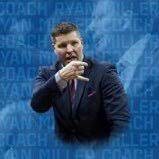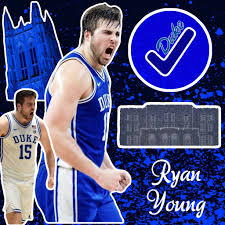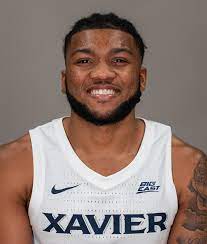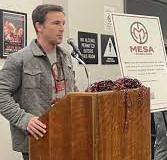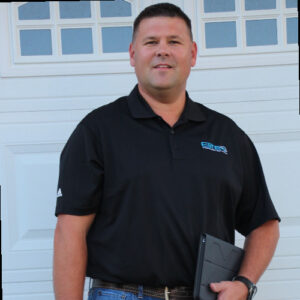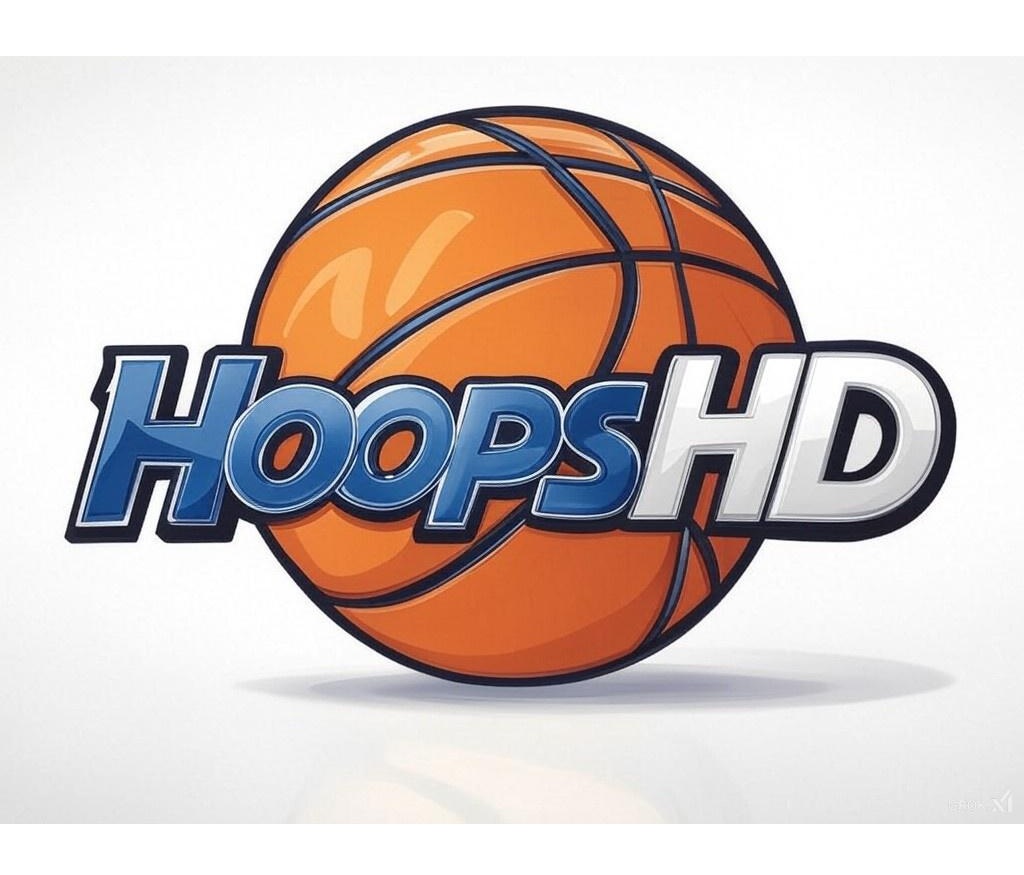We are still a couple of months away from the tip-off of the college basketball season, which means that we have plenty of time to prepare for the action ahead. We will do so via a series of season previews featuring the best players/coaches in the country. HoopsHD’s Jon Teitel continues our coverage with Creighton assistant coach Ryan Miller, who talked about making the Elite 8 last March and his expectations for this season.
As a player at Mitchell High School you won the 1994 South Dakota State AA title, and in 2017 as an assistant at TCU you won the NIT: what is the key to winning championships? Having a team where every guy from 1-15 is willing to sacrifice and remains focused on doing their job.
In 2013 you were inducted into the Northern State Hall of Fame: where does that rank among the highlights of your career? They have a history of athletic success, particularly in basketball, so it was a great honor. My coach, Bob Olson, was 1 of the best to do it. Whenever you get honors like that it is because of the people around you who sacrificed themselves to give you the opportunity to succeed. I have been very blessed to have amazing coaches dating back to high school so I received all of the details to learn what goes into winning. It has been a fantastic basketball journey and is still awesome.
You have been an assistant for a lot of great coaches including John Calipari/Steve Alford/Jamie Dixon/Greg McDermott: what is the most important thing that you learned from any of them? I have worked with so many great coaches (including Dave Rice) and each 1 of them have characteristics that make them successful. John is a great marketer and Greg is an offensive genius who also understands how to create a defensive scheme that exposes our strengths. I think he was a little ahead of his time with analytics when it comes to 3-PT shooting.
Last year you made the Elite 8 before Darrion Trammell made a free throw with 1.2 seconds left in a 1-PT win by San Diego State: what is your favorite memory from your postseason run? Just how our team overcame adversity. We lost 6 games in a row in late-November/early-December after having a good showing in Maui. We started executing and if a kid had a good shot he would pass it up to find a teammate who had a great shot. It was a heartbreaking loss to the Aztecs but the rally of the team was extraordinary.
Your team was 3rd-best in the nation by allowing just 9 FTM/12.4 FTA: what is the secret to playing defense without fouling? It is an everyday process to stay disciplined. You have to show your hands but play with your feet and make “vertical wall challenges”. Coach McDermott wants to make sure we take more FTs than our opponents because even the worst FT shooters will get 1 PT/possession.
You lost a few guys from last year but have some nice returning pieces like Ryan Kalkbrenner/Baylor Scheierman as well as some new additions like Steven Ashworth: how is the team coming together so far? It is coming together well. We had a trip to the Bahamas last month that allowed some of the new guys to jell with the old guys as we build an identity/chemistry. We are lucky to have some great leaders who have been there/done that. We have an exciting roster and will try to avoid any slip-ups early.
Your schedule includes games against Iowa/Oklahoma State/Nebraska/Alabama: which of these games do you feel will present your biggest test? All of those teams will present a big test: we lost a heartbreaker to Nebraska last year and Iowa is also a rivalry game. Alabama is a really good SEC team and Mike Boynton does a great job at Oklahoma State.
Your brother Mike won back-to-back NBA titles, your nephew Mason is 1 of your players, your father Tom/uncle Chris/uncle Alan/brother Jared/cousin Macy all played college basketball: who is the best athlete in the family? I would have to go with Mike. There was not much to do growing up so my parents put a basketball in our hands as soon as we popped out of the womb! Mike is 1 of the best shooters in NBA history and took it to the next level by making big shots both at Florida and in the NBA.
You have a birthday later this month: what are your plans for the big day? We start practice on the 26th and my birthday is the next day so I will celebrate it with family/friends. When you get top-10 preseason rankings you put a big bullseye on your back and you cannot sneak up on anybody. We will celebrate it…and then prepare to win a championship.
What are your goals for this season, and what are your expectations for this season? Since I arrived here the foundation was already set, but the goal is to have a great non-conference season by competing as hard as we can. The next part is to have a great conference season with a true round-robin schedule in the Big East, then hopefully put ourselves in position to get a high seed in the NCAA tourney and make a long run. We want to bust down that Final 4 door. March is tricky and matchups matter: the best programs are on the top-4 seed lines and get favorable matchups.

